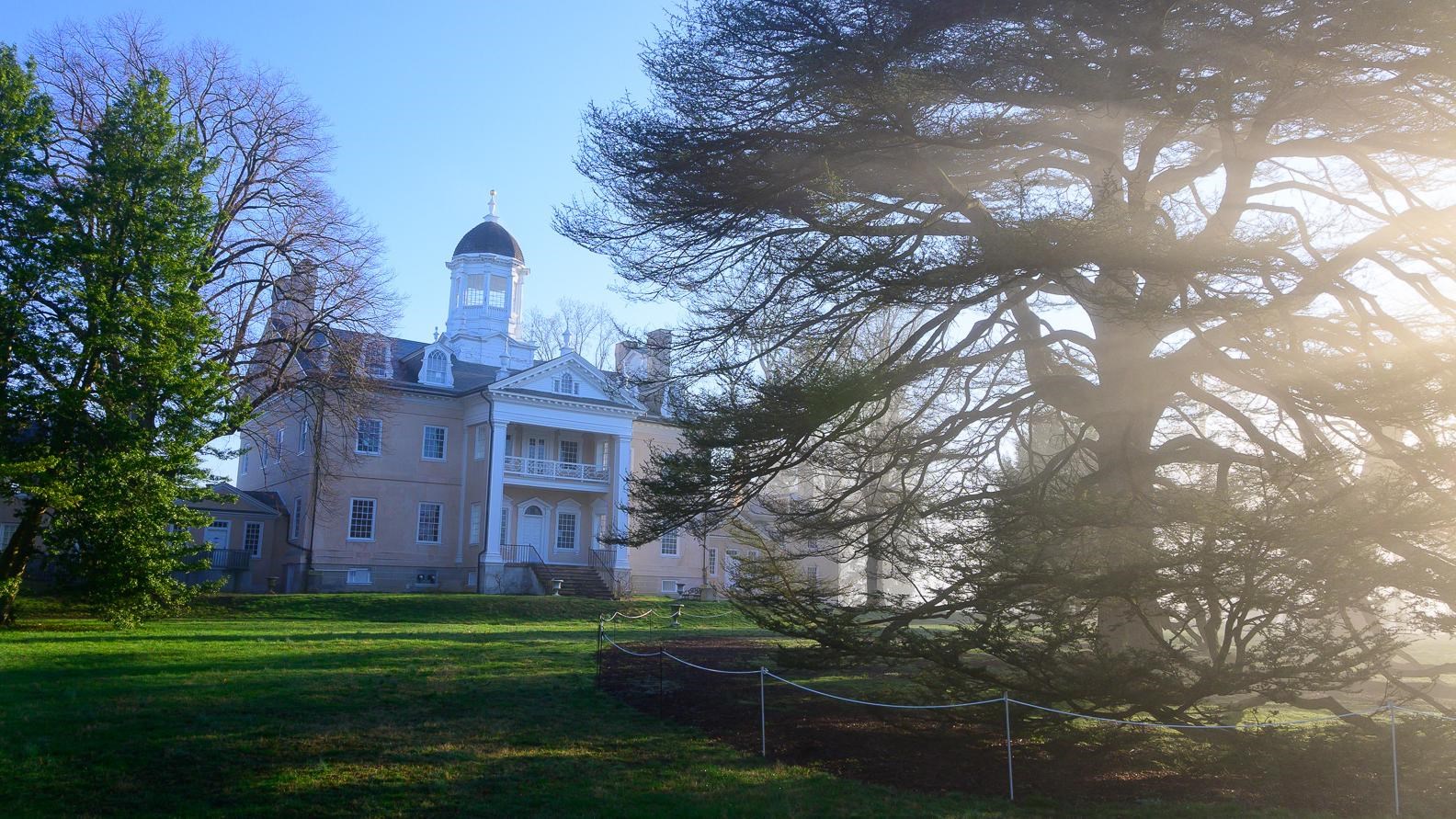Last updated: July 1, 2023
Place
Hampton National Historic Site

Gifts/Souvenirs/Books, Historical/Interpretive Information/Exhibits, Information, Restroom, Restroom - Accessible
Most people today know Hampton as a sedate Georgian mansion, elegantly furnished and settled amid gardens and shade trees. Built as a country seat just after the Revolutionary War by the prominent Ridgely family of Maryland, the house and its immediate surroundings are just a remnant of the Hampton estate of the early 1800s.
In its heyday, Ridgely property equaled half the area of present-day Baltimore, land that made its owners rich through iron production, agriculture, and investments. Hampton is the story of a family business, early American industry, and commerce, the cultural tastes of the times, the deprivations of war, and the economic and moral changes that finally made this kind of life obsolete.
Needing labor in abundance, the Ridgely family employed many types of workers. In just the last fifty years of the eighteenth century they bought over 300 indentured servants. They also employed free workers, British prisoners of war, and enslaved African Americans. Slavery was part of the Hampton estate for over 100 years, ending only when Maryland State law ended the institution in 1864. Its presence predated the construction of the mansion and over its history over 700 enslaved people would come through the Hampton plantation. Enslaved people were instrumental in building the mansion, and their work supported the gracious lifestyle of the Ridgelys in the mansion.
Slavery at Hampton was unusual for two reasons. First, the Ridgelys main product from this labor was the harvesting and production of iron from their Northampton ironworks, unlike most of the agricultural South. Second, Hampton is very close to the free state of Pennsylvania and the city of Baltimore with its huge population of free African Americans. Refuges for freedom seekers were close by. Hampton is the site of one of the largest manumissions in history when the second owner of Hampton died with nearly 350 enslaved people on the Hampton plantation. In his will he manumitted females between the ages of 25 and 45 and males between the ages 28 and 45. This is one of the largest manumissions in the history of Maryland, but it did not end slavery at Hampton. His son, John Ridgely, purchased some sixty or so more slaves and manumitted only one.
War of 1812 History
Hampton’s Northampton Iron Furnace, approximately a mile north of the current park location, played a significant role in the War of 1812. Enslaved African Americans, the foundry's primary workforce, produced iron, cannons, shot and camp equipment for the war effort. Charles Carnan Ridgely, ironmaster and owner of the estate, also contributed funds and other supplies for Baltimore’s defense in 1814.
A project through the Save America's Treasures Grant Program, which helps preserve nationally significant historic properties and collections, funded work to restore and stabilize farm buildings at Hampton in 1999.
